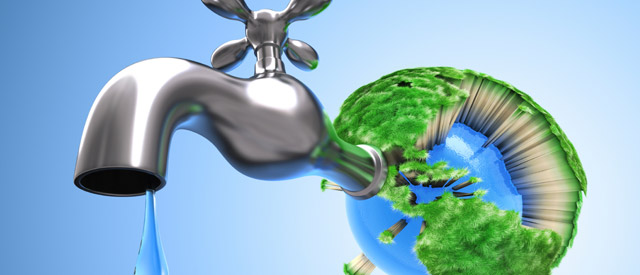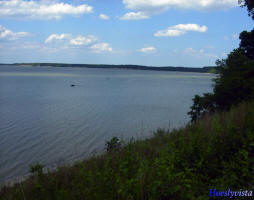 Levi -Virtual water used to compensate natural hydraulic inequalities
Levi -Virtual water used to compensate natural hydraulic inequalities
Although not visible to the human eye, be it the production of a car, a Tee-shirt, a loaf of bread or any other product or service, water is consumed.
Agricultural production uses by far the greatest amount of water, consuming 70% of the world’s reserves. For example, it is estimated that to produce one kilo of chicken requires 3,900 liters of water and one kilo of grain on average requires 1,300 liters.
This “double pyramid” developed by the Centre of Food and Nutrition in Barilla, Italy, that takes into consideration the relationship between water and foodstuffs, demonstrates the minimum impact of the Mediterranean diet on water resources.
On the industrial side, it is estimated that a kilo of cotton requires 5,260 liters and a kilo of paper consumes 2,000 liters of water.
Looking at the average goods consumed, it is possible to evaluate the average quantity of virtual water consumed per capita and country; for example 1,400 liters/person in Asia and 4,000 liters/person in Europe and North America, according to the FAO. Virtual water thus presents a tool to measure lifestyle impacts on water resources. Maurice Bernard, Director of the Department of Sustainable Development for AFD indicated that, “on the one hand, the population is growing; on the other hand, our lifestyles are consuming more water.”
Opportunities to overcome unequal geographic water repartition
Beyond the numbers, revealing this hidden water contained in consumer products allows to compensate for geographical imbalances of water reparation around the globe.
Analyzing the “import/export” balance of virtual water helps countries in hydraulic stress to limit exportation of products that consume large amounts of water for production.
Exporting goods from countries with more prevalent water resources to those in water stress favors a positive exchange of virtual water.
At the local level, the implication can potentially change our daily consumption decisions encouraging, for example, local products with a low “water added-value.”
| Contact information | n/a |
|---|---|
| News type | Inbrief |
| File link |
http://www.worldwaterforum6.org/en/news/single/newspage/2/article/virtual-water-used-to-compensate-natural-hydraulic-inequalities/?tx_ttnews%5BbackPid%5D=3&cHash=b2edfd8230717d8ec40795918ef546f8 |
| Source of information | 6th World Water Forum |
| Keyword(s) | virtual water |
| Subject(s) | AGRICULTURE , ENERGY , FINANCE-ECONOMY , HYDRAULICS - HYDROLOGY , INDUSTRY , INFORMATION - COMPUTER SCIENCES , METHTODOLOGY - STATISTICS - DECISION AID , NATURAL MEDIUM , POLICY-WATER POLICY AND WATER MANAGEMENT , RISKS AND CLIMATOLOGY , WATER DEMAND |
| Relation | http://www.emwis.net/topics/wfn |
| Geographical coverage | n/a |
| News date | 21/03/2012 |
| Working language(s) | ENGLISH |
 you are not logged in
you are not logged in





